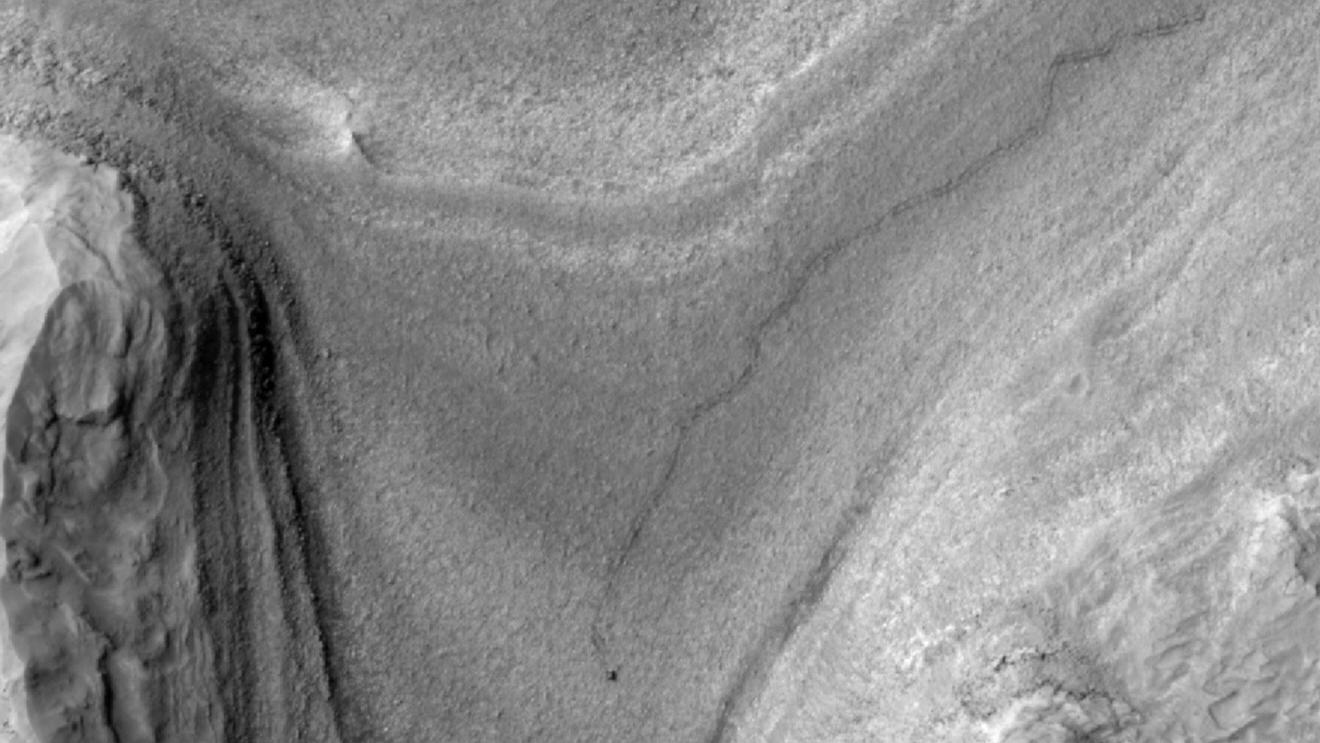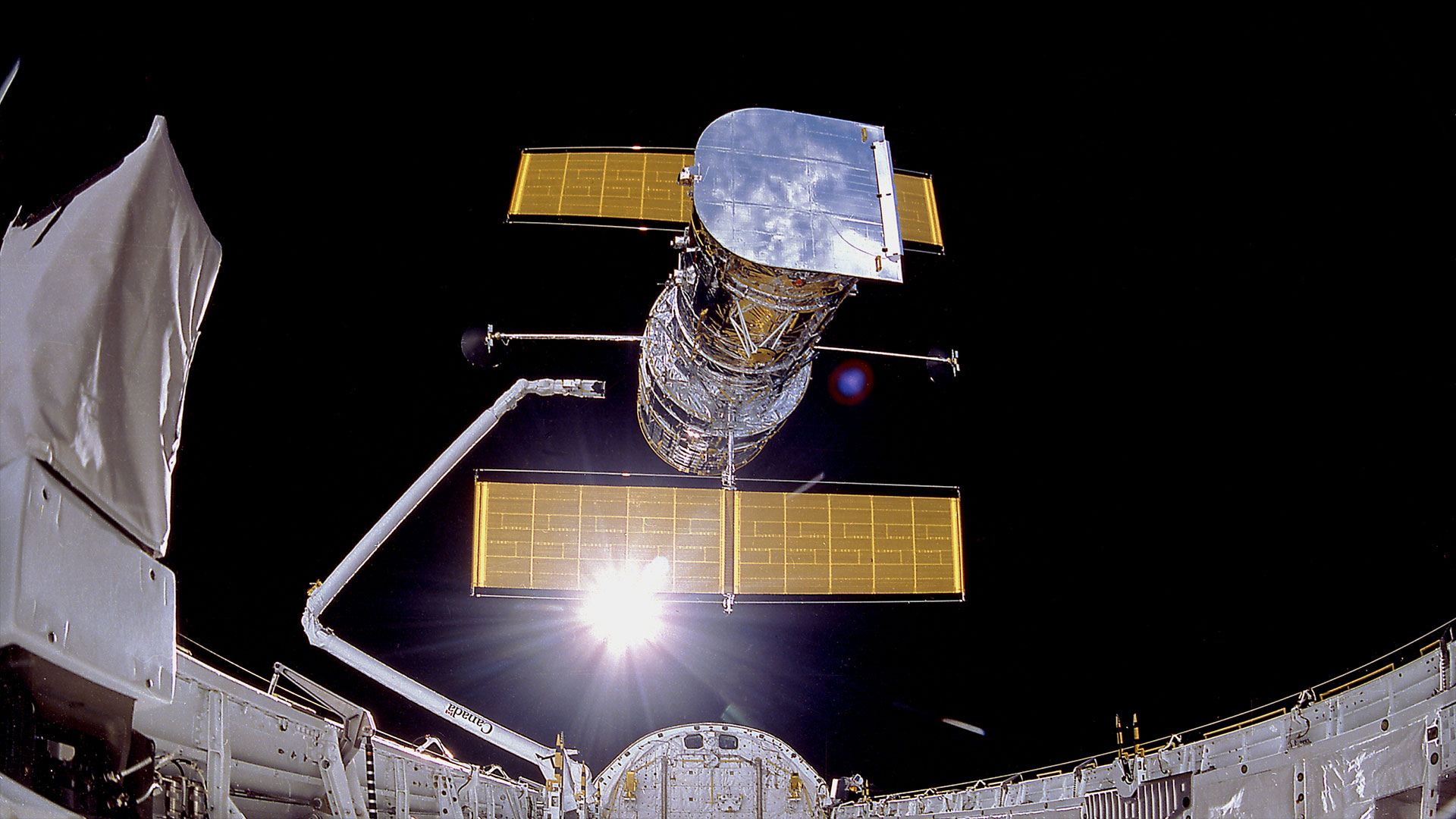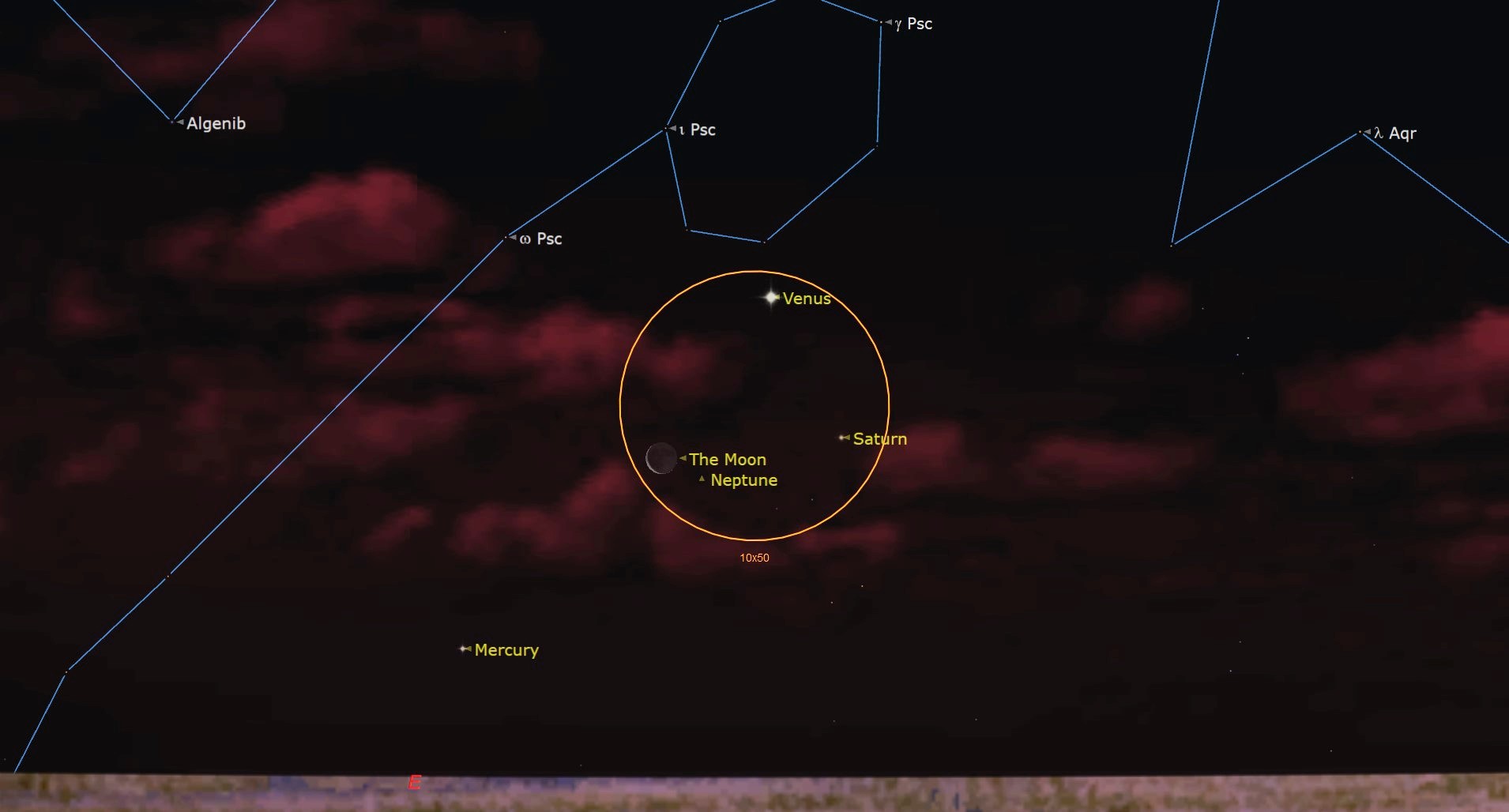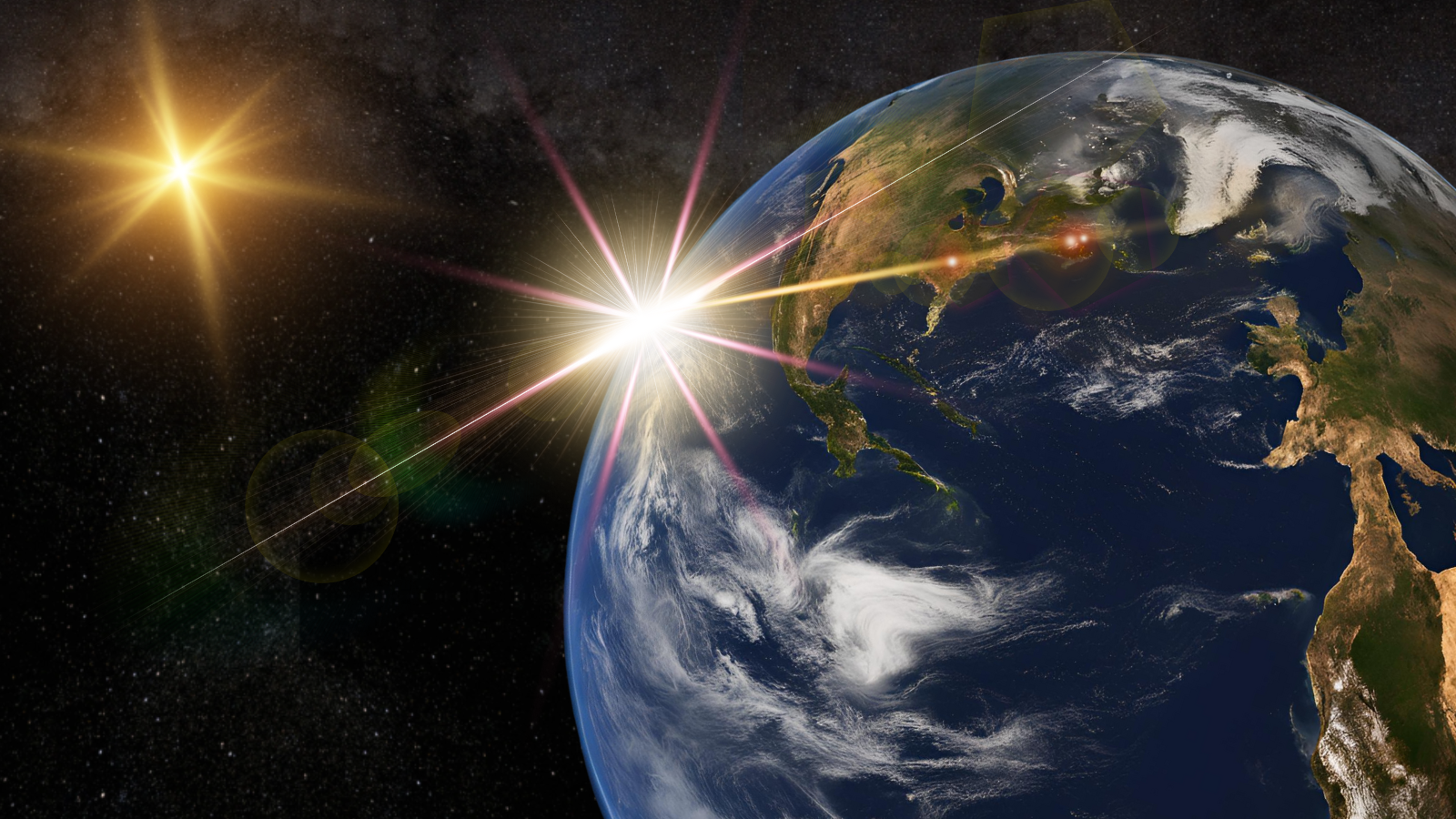'Cosmic dawn:' NASA's Roman Space Telescope will get baby pictures of our universe
'Something very fundamental about the nature of the universe changed during this time.'
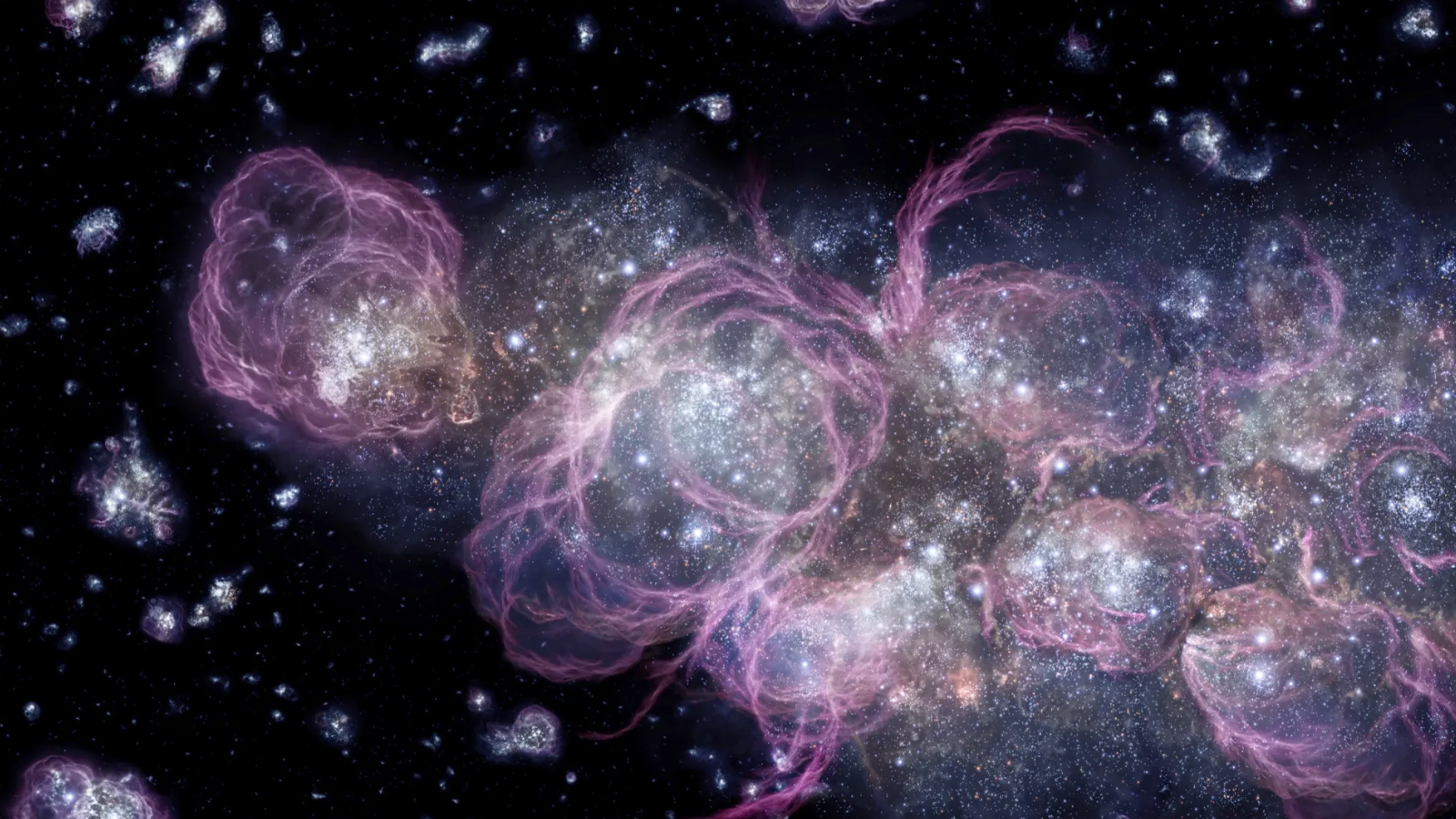
When it opens its eye to the cosmos, NASA's next big off-Earth observatory, the Nancy Grace Roman Space Telescope, will peer back to a distant period in the universe's history called "cosmic dawn."
Though Roman's predecessor telescopes, the Hubble Space Telescope and the James Webb Space Telescope (JWST), take full advantage of the fact that the cosmos is now transparent to light, the universe wasn't always this way.
Up to around 400,000 years after the Big Bang, the cosmos was opaque, full of an obscuring "fog" of particles absorbing photons, particles of light. Cosmic dawn, from between 50 million years to one billion years after the Big Bang, represents the period during which this fog began to clear and light began to travel freely.
It is also one of the most important periods in the 13.8 billion-year-old universe's history, as it was also around the time when the first stars, galaxies, and black holes were born. The Nancy Grace Roman Space Telescope (Roman), set to launch in May 2027, will investigate the influence of these celestial objects during this crucial cosmic turning point.
"Something very fundamental about the nature of the universe changed during this time," Michelle Thaller, an astrophysicist at NASA’s Goddard Space Flight Center in Maryland, said in a statement. "Thanks to Roman’s large, sharp infrared view, we may finally figure out what happened during a critical cosmic turning point."
Related: NASA's Nancy Grace Roman Telescope will hunt for tiny black holes left over from the Big Bang
Let there be light!
During the formative years of the universe, it was filled with a hot, dense sea of particles, including free electrons. These negatively charged particles endlessly scattered photons, making the universe opaque.
Get the Space.com Newsletter
Breaking space news, the latest updates on rocket launches, skywatching events and more!
As the cosmos continued to expand, it also cooled, reaching a point at which electrons were able to bond with protons to form the first neutral atoms and the first elements, hydrogen and helium. This led to the formation of the first stars and galaxies. The removal of free electrons allowed the first light to travel through the universe. We see this light today as a "celestial fossil" called the cosmic microwave background (CMB).
Though light was no longer endlessly scattered by free electrons at this point, it still wasn't completely free to travel very far. That was because the photons quickly hit neutral atoms that absorbed them.
This period, lasting between 380,000 to 200 million years after the Big Bang, was known as the cosmic dark ages. It ended over a period of a few hundred million years as the neutral atoms broke down or were ionized, resulting in the cosmic dawn.
The question is: What caused this ionization of neutral atoms?
"We’re very curious about how the process happened," said Aaron Yung from the Space Telescope Science Institute in Baltimore, who is part of Roman’s early universe observations team. "Roman’s large, crisp view of deep space will help us weigh different explanations."
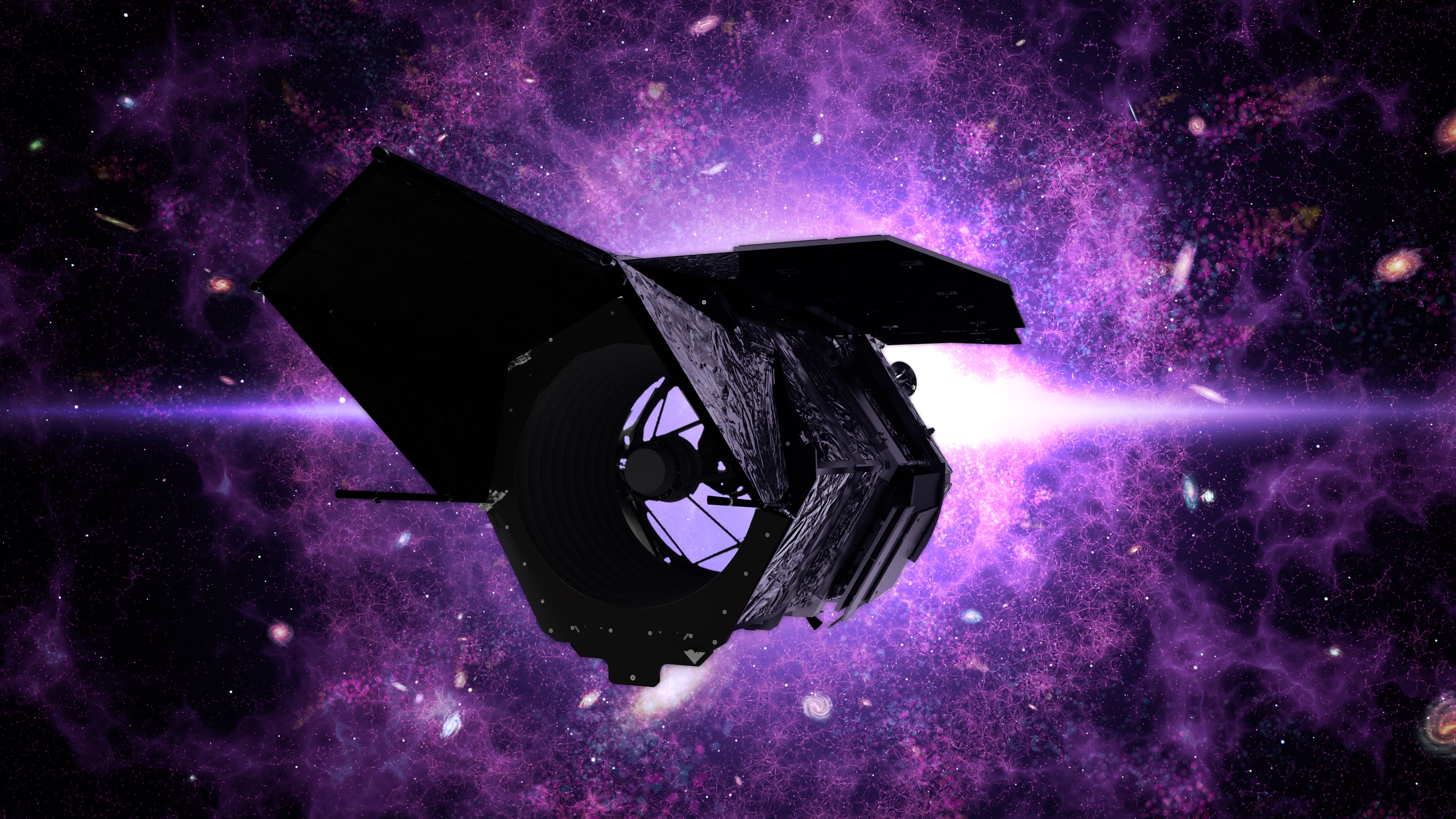
The early galaxies themselves are one possible source of the radiation that provided the energy to ionize early neutral atoms. The environment around the first black holes is another possible source of this high-energy light.
Roman will take a close look at both of these suspects.
"Roman will excel at finding the building blocks of cosmic structures like galaxy clusters that later form," said Takahiro Morishita, an assistant scientist at the California Institute of Technology in Pasadena. "It will quickly identify the densest regions, where more 'fog' is being cleared, making Roman a key mission to probe early galaxy evolution and the cosmic dawn."
The stars at cosmic dawn were different from those in the universe today, as the density of the early cosmos allowed them to grow to masses hundreds or even thousands of times that of the sun. The tremendous mass of these early stars meant they lived much shorter lives than the estimated 10-billion-year lifespan of the sun, but it also meant they blasted out more intense radiation than modern stars.
Huddled together in dense early galaxies, energy from these stars stripped electrons from protons in bubbles of space around them.
"You could call it the party at the beginning of the universe," Thaller said. "We’ve never seen the birth of the very first stars and galaxies, but it must have been spectacular!"
Related: The 1st stars in the universe formed earlier than thought
Black holes join the cosmic dawn party
As these short-lived massive stars collapsed when their nuclear fuel was exhausted, they birthed the first black holes. In the dense environments common in the early universe, these black holes clashed and merged over and over again.
This led to the creation of supermassive black holes with masses millions or billions of times that of the sun, though how black holes got so big so fast is still a pressing cosmic mystery.

Though black holes emit no light themselves due to the fact they are surrounded by a boundary called an "event horizon," which marks the point where not even light can escape them, these early supermassive black holes could have still contributed to ionization.
When a supermassive black hole is surrounded by gas and dust that it feeds on, this material settles into a rapidly swirling cloud called an accretion disk. The massive gravitational influence of the black hole causes intense tidal forces in the accretion disk, generating friction and heating gas and dust, causing it to glow brightly across the electromagnetic spectrum.
Additionally, the magnetic fields of the black hole can channel material to its poles, from where it is blasted out as twin jets at near-light speeds. These jets are accompanied by blasts of electromagnetic radiation, too. Stretching out for hundreds of thousands of light-years, supermassive black hole jets are more than capable of ripping electrons from neutral atoms.
These active supermassive black hole regions, or active galactic nuclei, are known as quasars, and WST has been discovering them at distances that correspond to a period of less than one billion years after the Big Bang. The powerful space telescope is actually finding far more quasars than expected as it probes cosmic dawn.
When Roman is operational, its wider field of view could give a clearer picture of how common quasars were during cosmic dawn, possibly finding tens of thousands of these supermassive black hole-powered regions.
"With a stronger statistical sample, astronomers will be able to test a wide range of theories inspired by JWST observations," Yung explained.
One question that researchers will be trying to answer with Roman is what type of galaxies were responsible for ionizing radiation at cosmic dawn. One major indicator of this will be the size of the ionized bubbles carved out by radiation.
"It could be that young galaxies kicked off the process, and then quasars finished the job," Yung concluded. "Galaxies would create huge clusters of bubbles around them, while quasars would create large, spherical ones. We need a big field of view like Roman’s to measure their extent since, in either case, they’re likely up to millions of light-years wide — often larger than the JWST's field of view."
Join our Space Forums to keep talking space on the latest missions, night sky and more! And if you have a news tip, correction or comment, let us know at: community@space.com.

Robert Lea is a science journalist in the U.K. whose articles have been published in Physics World, New Scientist, Astronomy Magazine, All About Space, Newsweek and ZME Science. He also writes about science communication for Elsevier and the European Journal of Physics. Rob holds a bachelor of science degree in physics and astronomy from the U.K.’s Open University. Follow him on Twitter @sciencef1rst.



